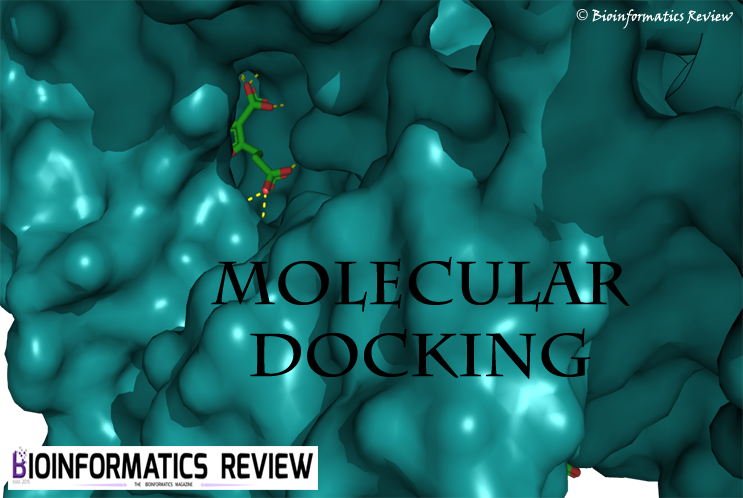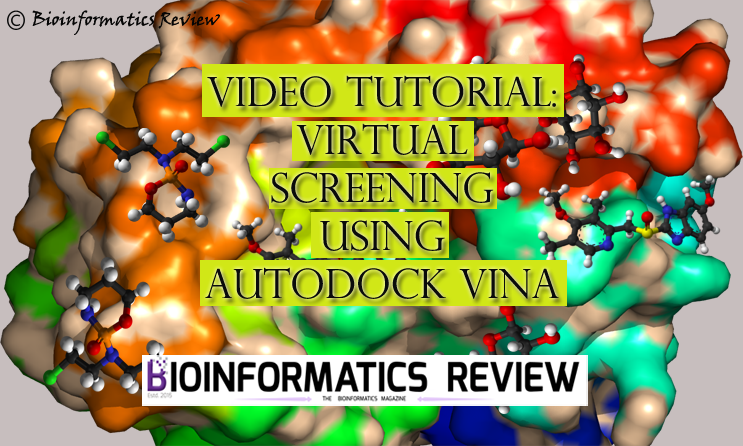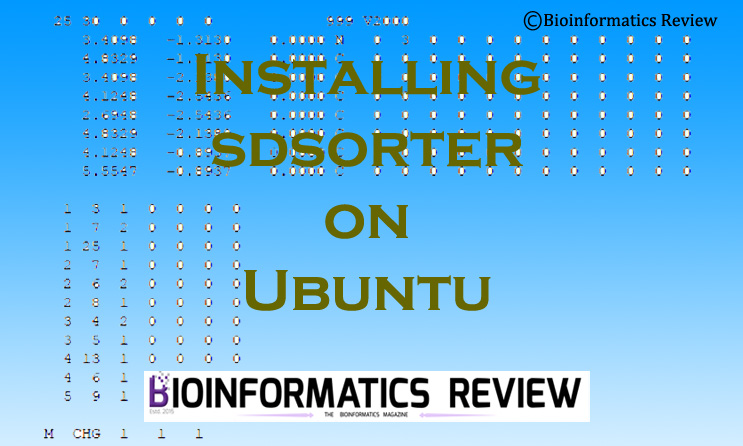If you are a beginner in the field of bioinformatics, you must have heard of the term “virtual screening” (VS). In this article, we will discuss the basic meaning of VS and its significance in bioinformatics.
The VS is one of the important techniques in bioinformatics that is used during the drug designing process. In this technique, we try to identify best-fit compounds/molecules/ligands that are most likely to bind to a receptor, i.e., our target protein. The target protein consists of some pockets within its structure. Amongst which there is a binding pocket for such ligands.
The ligands are available in a database such as Pubchem, Drugbank, ZINC, and many more. The ligands could be of any nature including natural compounds, metabolites, FDA-approved drugs, etc. It completely depends upon your study whether you are looking for a natural inhibitor or an FDA-approved drug.
How do we perform VS?
A detailed stepwise basic methodology is explained in our previous article. Generally, after gathering all information about the binding pocket and binding residues in the receptor protein, you have to select and download a database of compounds/molecules/ligands for docking. These ligands are docked within the defined binding pocket of the target protein with the help of suitable software. The software helps to find out the ligands that can bind to the target protein efficiently. Basically, since we dock a large number of ligands with the protein, therefore, we select the best ligands first on the basis of the lowest binding affinity and then further on the basis of interactions with the binding residues. Ultimately, we have some ligands that show binding with the target protein. We further filter these ligands on the basis of other parameters such as ADMET properties. It is another important aspect of drug designing.
Software for VS
There is software available for VS including:
- GOLD (paid software)
- GLIDE (paid software)
- Autodock Vina (open access)
- Schrodinger (paid software)
You can find some tutorials on VS under the ‘Further Reading’ section.
Further Reading
Virtual Screening: Frequently Asked Questions & Answers for Starters
How to download small molecules from ZINC database for virtual screening?





